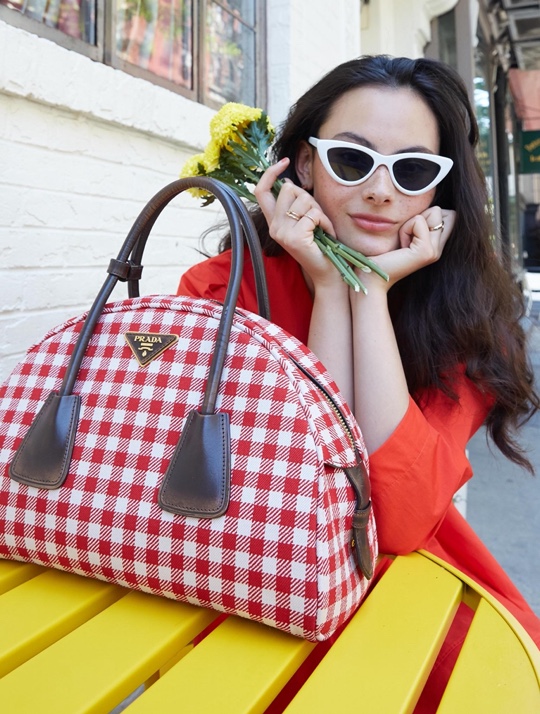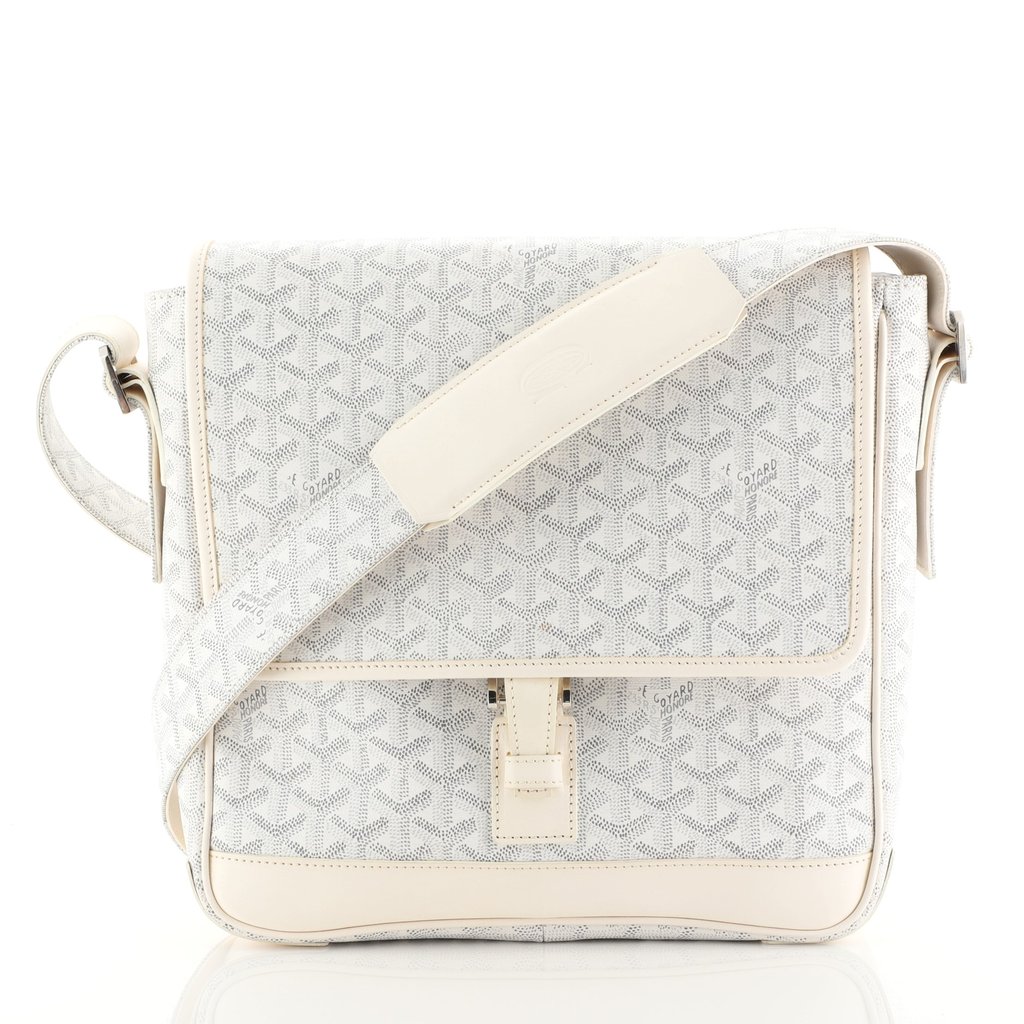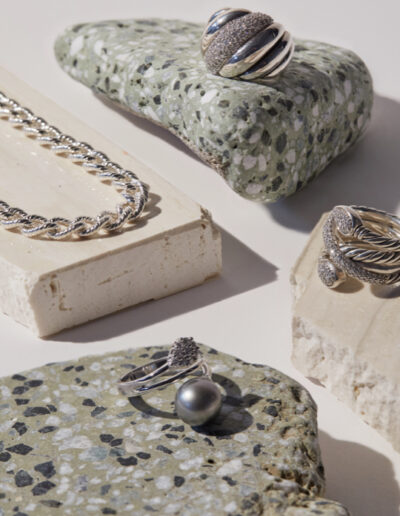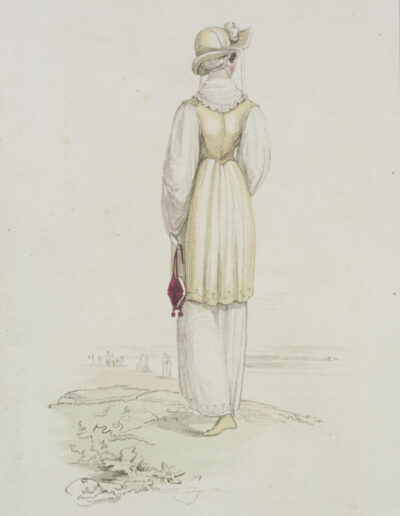KNOWLEDGE
Handbag 101:
Caring for canvas
By Koyaana R. Aug. 8, 2019

Canvas is an often forgotten staple in the handbag world.
Whether used for an interior or exterior of a bag, it is an incredibly functional and resilient textile. If or when you decide to own a handbag made out of canvas, it is important to know exactly what its care entails and the advantages and drawbacks associated with the material.
History
Canvas, by definition, is a strong, coarse unbleached cloth made from hemp, flax, cotton, or similar yarn. It is used to make items such as sails and tents and as a surface for oil painting, or, in our case, handbags. Canvas dates as far back as ancient Greece where its name is originally derived from the Greek word κάνναβις (cannabis), in which it was originally woven. Over the centuries, its uses have expanded and handbag designers have utilized various versions of the common material, but we most often see two types: coated and uncoated. Coated canvases have a vinyl covering that makes them more durable and easier to clean. Uncoated canvas is most often used as the interior of handbags but is also common in Spring and Summer renditions of our favorite classics.
The patent leather we know and love today is primarily made with a blend of polyurethane and acrylic. Polyurethane creates a hard, durable, glossy finish, while acrylic allows for more flexibility. The combination of both creates a harmonious product that is both durable and flexible. The varnishes used today can be used on almost any quality leather but are most typically used on cattle hide. Patent leather requires three coats: the first coat is formulated to penetrate the leather; the second coat includes dye to color the leather; and the final coat is a clear coat that dries shiny, hard and waterproof.



Is It Worth It?
PROS |
CONS |
|
|
|
|
|
|
|
|
|
|
Care
When it comes to canvas, keep in mind this is a natural fiber. Unlike synthetics, which are engineered for increased strength and durability, canvas requires minimal care to lengthen its lifespan. We suggest checking on it every four to six months to see if any treatment should be done.
Cleaning
Canvas is an easy material to clean under most circumstances. For minor marks and stains, a white cloth dampened with mild soap and warm water will easily remove them. A laundry pen can be used to lessen or remove more moderate marks and stains, but do not over abrade the material, as this will result in pilling and/or fraying. If you are working with moderate to heavy staining or discoloration, especially on white, natural, or light-colored canvas, it is best to allow a cleaning professional to determine the next course of action. Before attempting any cleaning with solvents or liquids, spot test a small inconspicuous patch. Occasionally canvas can react, depending on what it is composed of, by lightening or bleaching. If you’re lucky enough to have a bag that is entirely composed of canvas, it is possible that it is machine washable. Please consult with a brand specialist before attempting to do this.
Storage
Canvas is a durable material that doesn’t require special storage conditions. The main thing to remember is to keep it out of direct light as it has a tendency to discolor and lighten if exposed for a long period of time. If stored in direct light or sunlight, lighter colors take on a yellowish hue. Keep your canvas bags stored in their dust bags; not only does this prevent discoloration, it also prevents unintentional surface abrasion. One of the best things about canvas is that it is most often heavyweight, meaning tightly woven, and maintains its shape in storage. Lightweight canvas may need light stuffing to hold its shape.
Wear
When wearing canvas, regardless of color, avoid constant rubbing against other materials as this will wear down the weave and lead to fraying and holes. For lighter colored or natural canvas, rubbing can also lead to color transfer.



